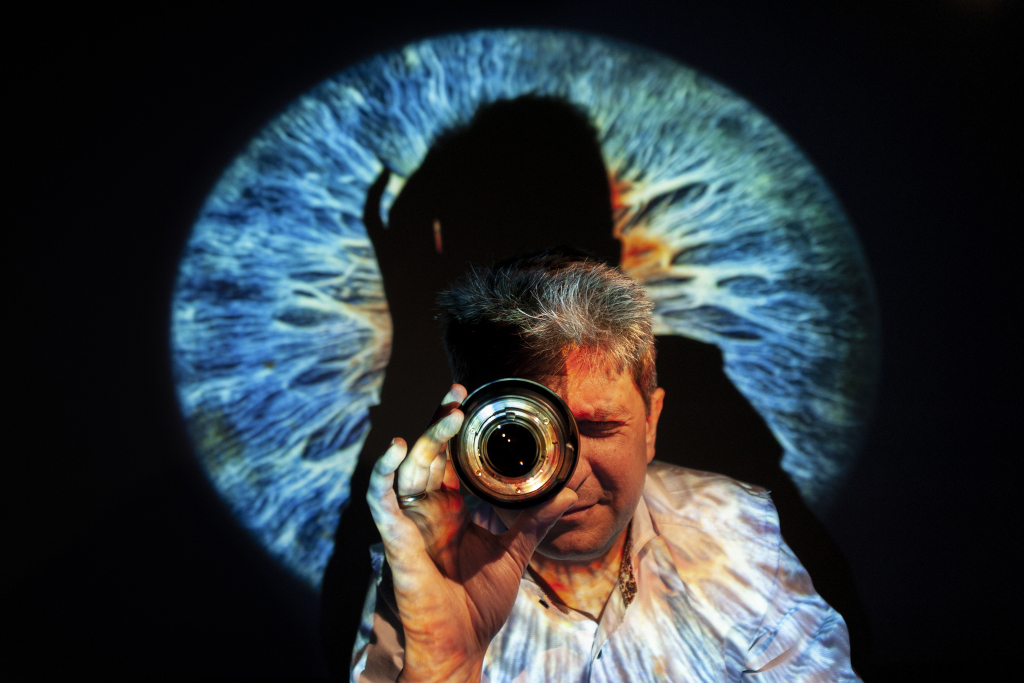Eye screening in the blink of an eye – An innovative imaging method in ophthalmology
Holographic optical tomography is a breakthrough method of corneal imaging developed by a team of scientists from the Institute of Physical Chemistry of the Polish Academy of Sciences (IPC PAS) in Warsaw. In a quick and painless way, it will help to look into the eye and thus support the early diagnosis of eye diseases.
How is the new method different from the previous ones?
The old methods required contact of the measuring instrument with the eye, which again required anesthesia. The quality of the images depends on the length of time it takes to perform the examination. The longer the measurement takes, the worse the image quality is, as it is difficult to eliminate the micro-movements of the eyeball. Newer methods using super-fast cameras recording tens of thousands of images per second have solved the problem of the examination time itself, but did not eliminate the problem of artifacts appearing in the image due to the natural curvature of the cornea. The solution to the existing problems turns out to be holographic optical coherence tomography.
Innovative method from IPC PAS
„Our idea was to spoil the coherent laser beam illuminating the cornea, so we could significantly extend the exposure time without endangering the delicate retina. At the same time, it allows us to maintain a high value of light power, which allows us to see even a very weak light backscattered from the cornea," explains professor Wojtkowski.
Scientists from the International Center for Translational Eye Research at the IPC PAS also managed to optically "flatten" the curvature of the cornea and record full-depth and extremely-high resolution of all its layers across the entire section. The examination using holographic OCT tomography is completely non-invasive (does not require anesthesia) and is performed in a fraction of a second.
The achievement was published in the renowned journal Biomedical Optics Express.
Source of information: PAS Institute of Physical Chemistry
Photo: Grzegorz Krzyżewski / PAS Institute of Physical Chemistry

